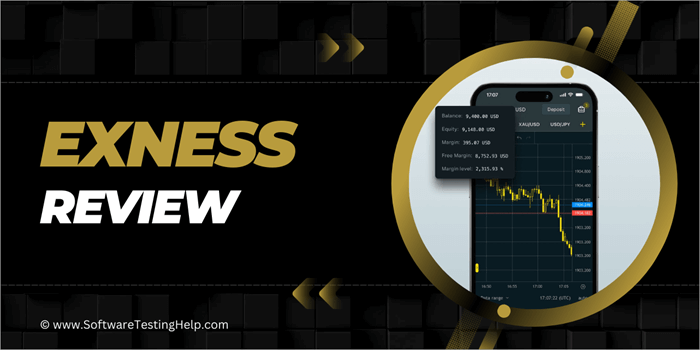Understanding the Exness Average Spread A Guide for Traders

When trading on financial markets, understanding the exness average spread Exness average spread is crucial for effective strategy planning and cost management. The spread, which represents the difference between the buying and selling price of a currency pair, directly impacts your trading expenses and profitability. In this article, we will explore the concept of spread, how it varies across different instruments and trading conditions, and how you can use this knowledge to enhance your trading performance.
What is Spread?
The spread is the cost of a trade and is typically measured in pips. For instance, if a currency pair is quoted at 1.3560/1.3563, the spread is 3 pips. This means that as a trader, your position will initially be in a 3-pip loss because you must buy at 1.3563 and sell at 1.3560. It’s vital to consider spreads when calculating potential profits and losses, as they can quickly erode your returns.
Types of Spread
There are primarily two types of spreads: fixed and variable (also known as floating) spreads. Fixed spreads remain constant regardless of market conditions, while variable spreads fluctuate based on market volatility and liquidity. Understanding these types is essential for traders adapting their strategies to different market conditions.
Fixed Spreads
Fixed spreads are particularly advantageous during low volatility periods. Traders can have a clear idea of their trading costs, which aids in budgeting and ensures that their calculations for profits and stops are precise. However, they may not be as competitive during major economic news releases or when markets are highly volatile.
Variable Spreads
Variable spreads are more common with brokers like Exness. They can be very low during periods of high liquidity but can widen significantly during times of economic news announcements or other events that introduce volatility into the markets. This variability can lead to unpredictable trading costs, which traders must account for in their strategies.
What is the Average Spread on Exness?
The Exness average spread can vary depending on the type of trading account you are using, the market conditions, and the particular currency pairs being traded. For instance, the average spread for major pairs like EUR/USD is typically lower compared to exotic pairs.
For instance, with Exness’s standard accounts, the average spread for EUR/USD can be as low as 0.0 pips in certain conditions but can widen to around 1.5 pips during high volatility. On the other hand, exotic pairs may experience average spreads significantly higher due to lower liquidity and higher risk associated with these currencies.
Factors Affecting Average Spread
Several factors can influence the average spread you experience while trading with Exness:
Market Volatility
During periods of high market volatility, spreads tend to widen. For example, major economic announcements, geopolitical events, and changes in market sentiment can cause sudden fluctuations in prices, leading to increased spreads.
Liquidity

The liquidity of a market directly impacts spread levels. Highly liquid markets, often seen during major trading sessions, will generally have tighter spreads due to the higher number of buyers and sellers. Conversely, during off-peak hours, spreads may widen due to lower trading volumes.
Account Type
Different account types on Exness offer different average spreads. For example, a standard account might have a higher average spread than a professional account. As traders choose their account types, it’s essential to evaluate how average spreads align with their trading style and goals.
Trading Strategy
Your trading strategy can also affect how you perceive spreads. Scalpers, who execute a large number of trades to capitalize on small price movements, are particularly sensitive to spread costs. In contrast, long-term traders may find average spreads less significant to their overall trading costs.
How to Manage Spreads in Your Trading Strategy
Effectively managing spreads is vital for enhancing your trading performance. Here are a few strategies to consider:
Choose the Right Time to Trade
By trading during peak hours when liquidity is high, you can benefit from tighter spreads. Monitoring economic calendars and being aware of major news releases can help you determine the best times for trading.
Monitor Spread Changes
Keeping track of how spreads fluctuate can provide you with insights that allow you to execute trades at the most favorable times. Use trading tools or platforms that allow you to monitor live spread changes.
Select Appropriate Account Types
Evaluate the account types offered by Exness and select one that aligns with your trading needs. If you’re a day trader or scalper, an account with lower average spreads may be more beneficial.
Conclusion
The Exness average spread is an essential aspect of Forex trading that can significantly impact your trading costs and profitability. Understanding the types of spreads, the factors affecting them, and how to manage them effectively can enhance your trading strategy and results. By paying close attention to spreads and selecting the right trading practices, traders can minimize their costs and maximize their opportunities in the ever-changing financial markets.